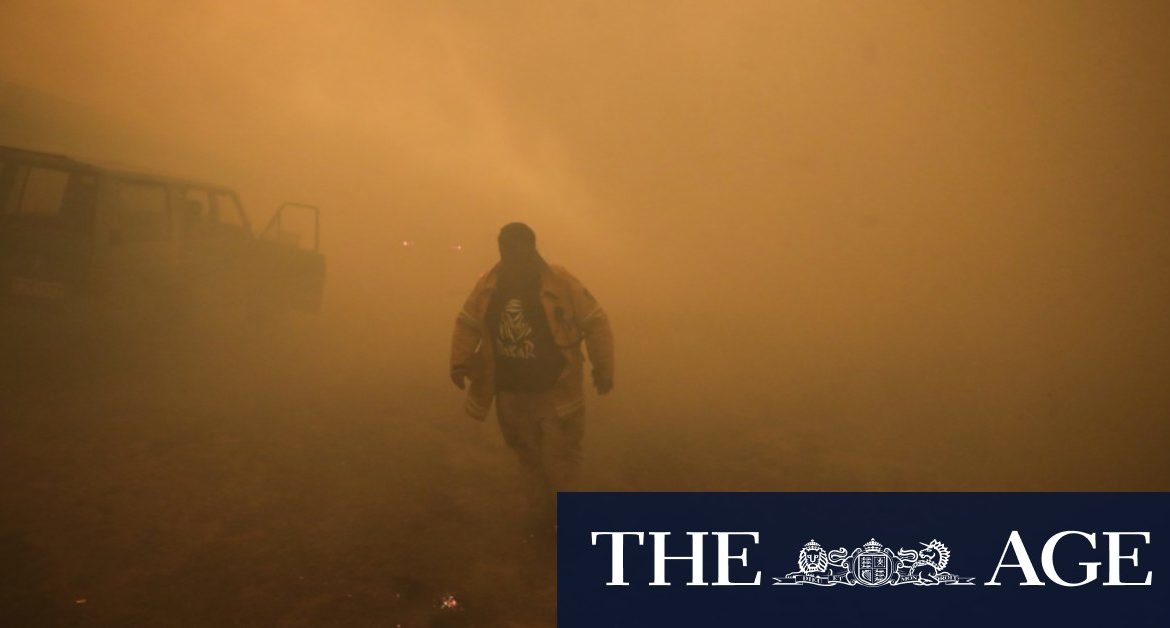Loading
Increased forest dieback in response to heat stress and the reduction in cool-season rainfall would add to the risks, the paper said.
Fire weather could also worsen, with “some evidence that these extreme front events [that draw heat from inland Australia to the coast] will become more frequent in southern Australia”, the report said.
Similarly, the number of days favouring extreme pyrocumulonimbus clouds – fire-induced storm cells –forming over firegrounds are also projected to have “significant increases” under a high greenhouse gas emissions future.
During the satellite era up to 2019, 60 such fire-induced weather events were recorded or suspected in Australia, the researchers found. During the 2019-20 fire season, at least 29 such events occurred including at least 18 in a single week.
While communities can make some changes to adapt to the rising fire risks, they should also address what is driving the increase, specifically the rising greenhouse gas emissions, scientists said.Credit:Alex Ellinghausen
The week-long flurry had “previously undocumented impacts on winds and chemical composition into the stratosphere, and a planetary-scale radiative forcing effect equivalent to a moderate volcanic eruption”, the paper found.
Driving the increased fire risk was how the warming climate was forecast to alter natural climate variability, such as increasing the likelihood of extreme El Nino events and positive phases of the so-called Indian Ocean Dipole that typically reduce rainfall in south-eastern Australia.
“[T]he potential exists for more frequent years with extreme hot and dry conditions in southeast Australia, beyond that expected from mean temperature and rainfall trends alone,” the research found. “If this potential is realised, fuels in south-east Australia will be dry from winter to summer more often, and dangerous fire weather during fire seasons will occur more frequently.
Professor Abrams said that, while communities can seek to add adapt to the rising bushfire risks, it was important that governments examined why they were increasing and how they might be limited.
“We don’t expect every summer to be like 2019-2020 – and this La Niña year is a good example of that,” she said.
‘‘However, … if we can bring ourselves onto a low greenhouse gas emission pathway, these projected climate changes won’t be as extreme and will be easier to adapt to than if we were on a high-emissions pathway’’.
Peter Hannam writes on environment issues for The Sydney Morning Herald and The Age.
Most Viewed in Environment
Loading







